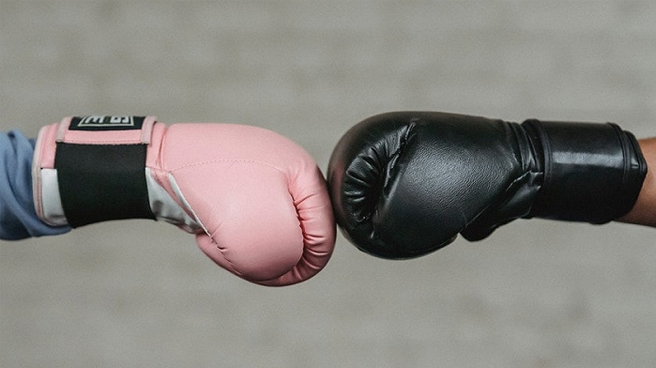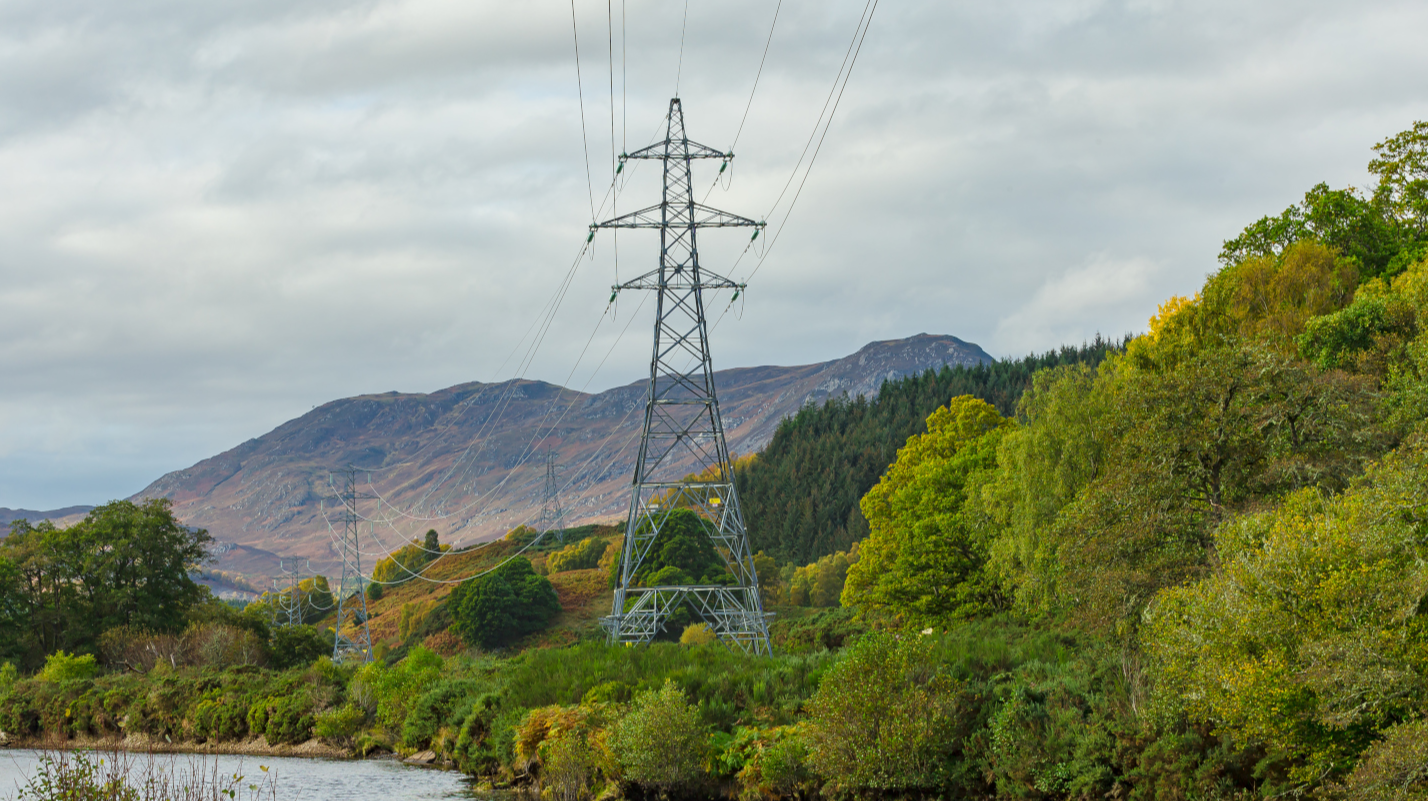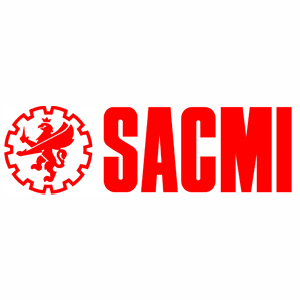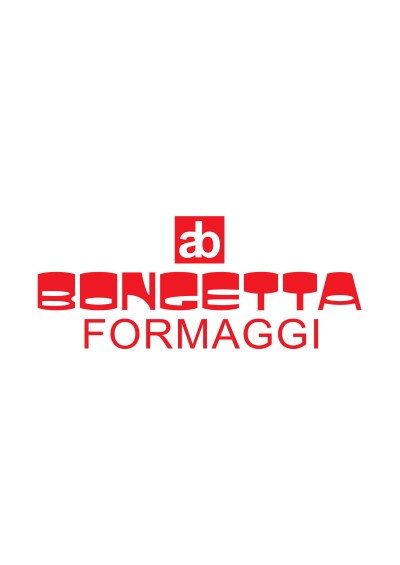Read and read this carefully because I'm about to explain to you all about lamella clarifier, what it is, how it works and its components. A lot of individuals do not understand this concept, which has lead to mistakes resulting from misinformation. This article aims at answering the commonly asked questions about lamella clarifier. At the end of it, you should have all the facts on your fingertips and should be in a position to use it with zero problems.
What is lamella clarifier?
What is lamella clarifier? Also referred to as an inclined plate settler, this is a kind of clarifier crafted to remove particulates or unwanted solids from liquids. It is mostly used in primary water treatment as a substitute for conventional settling tanks. The clarifier is used in industrial water treatment plants and unlike other traditional clarifiers; this type is unique as it uses a series of inclined plates.
The inclined plates aim to offer a larger settling space for a small footprint. On collection, the solid particles settle on the plates and start accumulating in collection hoppers located at the bottom of the clarifier unit. The sludge is then drawn off the hoppers’ base and the clean liquid exits the unit through the top over a weir.
How does a wastewater clarifier work?
For starters, water is fed into the flocculation tank’s inlet trough. You may choose to introduce the polymer flocculent and wastewater simultaneously in the flocculation mixing chamber if you wish. The contaminated water then flows over the first baffle and then passes under the second baffle before finally flowing to the clarifier’s body. The overflow and underflow provide time for the particulates or solid to gain size which allows them to settle easily. The wastewater is directed to the bottom funnel and backup via the plate pack. Some of the particulates will settle as the waste stream flows to the clarifier funnel.
However, some solids are pushed to the plate packs. The plates offer enough settling area in a small footprint. The solids on the plate pack start settling on each other and eventually become heavy which leads them to slide down the pack to the clarifier cone. The clean water will then overflow from the effluent port and is now good to head to the drain to the city sewer or inspection tank. The water can be reused. What happens to the sludge you ask? It is pumped from the bottom of the clarifier to a sludge tank.
Now that you understand how the clarifier works, you probably want me to dig deeper into lamella clarifier working principle. The working law of this clarifier entails settling under gravity, offering inclined plates to provide enough projected surface area.
It follows an mbbr working principle, thus offering a means of water purification in a way that helps save space. It is made of a series of inclined, overlapping plates that are arranged to form a kind of separate sedimentation chamber between the adjacent plates. The overlapping projected area of the plates is the factor that provides an extensive surface settling area which is proportional to the number of plates used.
Before getting into the Lamella clarifier, the wastewater first enters the Flash Mixer and FMFT. While here, chemicals such as lime, alum and ferric chloride are added in the flash mixer and a high-speed agitator is offer for efficient mixing of the chemicals in water. Water from the flash mixer then enters the flocculation chamber where a paddle like an agitator does gentle mixing. At this stage, enough time is offered to allow the particulates to become heavy before flowing into the Lamella clarifier. This explains the clarifier's unique working principle and what makes it effective.
What is a tube settler in water clarification?
Tube settlers are kind of devices that utilize a bunch of small-bore tubes that are installed in an inclined at an angle of 60 degrees to help in sedimentation. The tubes come in different shapes which may be rectangular or circular. Water rises through the tubes and allows particulates to fall on the surface tube which enables the sludge to gain weight so it can move down the tunes and settle on the bottom of the basin. This way, the sludge can be removed through conventional sludge removal means.
What makes tube settler media favorable? For starters, they provide an inexpensive way of upgrading your water treatment plant clarifier and the sedimentation basins, thus improving their performance. They help in reducing the footprint needed in new installations by minimizing the solids loading on the downstream filters. The tube settlers are made of lightweight PVC, which ensures that it can be supported with minimal structures.
What is the purpose of a lamella clarifier?
Clarifiers are used where the water that needs treatment has a high concentration of suspended solids. They are used where water treatment seems hard due to a high lamella clarifier sludge levels which need to be removed before the polishing process. They work on the principle of gravity settling which make them the most ideal choice. They allow the heavy suspended solids to settle in the clarifier and the water flows out clear and ready to be polished for reusing. The natural settling can be enhanced by adding coagulant and polyelectrolyte. The coagulant is meant to neutralize charges and agglomerate the solids to form micro-floc. Polyelectrolyte, on the other hand, brings the flocs together and binds them to form long chains making them heavy so they can easily settle down.
Mostly, the wastewater will contain scum material which will not settle down and therefore needs to be collected on the clarifier's surface. In this case, a scum removal arrangement is provided. It is recommendable that you remove any oils and grease before realizing wastewater to the clarifier. It has an outlet skimmer that holds captive free oils and grease, but this is only safe when it is in a small amount. The main applications of clarifiers are;
• Raw material clarification
• Effluent clarification (both primary and secondary)
• Thickening sludge
• Softening lime soda
What does a clarifier do in wastewater treatment?
The primary purpose of a clarifier in wastewater treatment is the removal of solids or particulates. It ensures that elements that cannot be eliminated through other processes such as distillation are removed before the water heads to city sewage or inspection tank, where it is collected for further treatment and purification.
The best part about clarifiers is that they have minimal moving parts which make maintenance easy and manageable. They are easy to use and provides an inexpensive platform for improving your central water treatment plant. You only need to clean the clarifier occasionally by draining it and removing any residuals on the plate packs and cones. Also, ensure that the mixer and flocculation metering pumps are inspected regularly.
Final Verdict
Whether you are a first-time clarifier user or you want to upgrade your existing treatment machine within your facility, this information will guide you on what to expect from a clarifier and how to keep it in good shape. We are a lamella clarifier manufacturer offering wastewater clarifiers to a range of municipal and industrial clients. Our goal is to see your water treatment business grow and you can, therefore, count on us for high-quality equipment. We can connect you with a system that is suited for your wastewater treatment needs based on the lamella clarifier sizing of your choice. Our expert team is there to give you any advice you may need regarding the clarification system and other sludge dewatering equipment to avoid any mistakes. We will show you lamella clarifier drawings that entail all the components of the system to make it easier for you to understand. If you wish, we will install the clarifier in your system and will teach you how to use them. Contact us today, let’s discuss your needs and leave the rest to us rest assured you will get a lamella clarifier that exceeds your expectations.
 Pages you might like
Pages you might like








 Latest information
Latest information
 Follow official account
Follow official account
 Online support
Online support
 鄂ICP备2022017323号
鄂ICP备2022017323号
 鄂公网安备 42018502006493
鄂公网安备 42018502006493
 Launch Exhibition
Launch Exhibition
 Release information
Release information



 Today's topic
Today's topic















